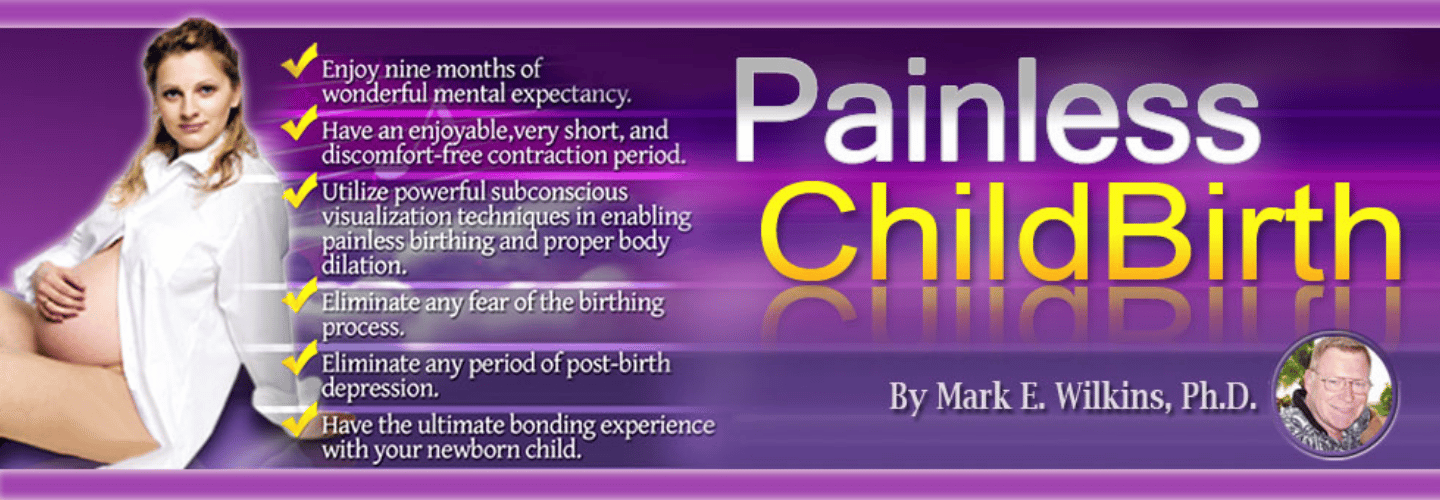
In the domain of labor and delivery, the application of hypnosis techniques stands as a beacon of hope for individuals seeking relaxation amidst the intensity of childbirth. As the world of hypnotherapy reveals its secrets, three distinct techniques emerge as powerful tools for managing the challenges of labor. From the rhythmic dance of deep breathing to the vivid landscapes painted by visualization, and the transformative journey of Cognitive-Behavioral Hypnotherapy, these methods offer a glimpse into a domain where calmness, control, and comfort intertwine seamlessly. Revealing the potential of these techniques opens a gateway to a world where relaxation becomes not just a possibility but a tangible reality during the beautiful chaos of bringing new life into the world.
Deep Breathing Technique
When it comes to achieving a state of relaxation during labor, one effective technique that stands out is the Deep Breathing Technique in hypnosis. This method involves slow, controlled inhalation and exhalation, promoting deep relaxation and stress reduction. Deep breathing in hypnosis for labor is known to enhance oxygen flow, aiding in pain management during childbirth. By focusing on controlled breathing, women can experience a sense of calmness and anxiety relief, essential for a smoother birthing process.
The Deep Breathing Technique is a fundamental component of hypnosis for relaxation during labor. It helps women maintain a steady rhythm, stay present in the moment, and alleviate discomfort. By incorporating deep breathing exercises, individuals can tap into their inner reserves of strength and resilience, enabling them to navigate the challenges of childbirth with more ease and composure.
Visualization Method
In the domain of hypnosis techniques for relaxation during labor, the Visualization Method emerges as a powerful tool harnessing the mind's ability to create tranquil mental images, aiding in pain management and fostering a sense of calmness amidst childbirth challenges.
This technique involves the creation of mental images to promote relaxation and reduce the perception of pain during labor. By utilizing the power of imagination to envision calming scenes or experiences, women can distract themselves from the discomfort of labor.
Research indicates that visualization can help women feel more in control, less anxious, and better equipped to cope with the intensity of childbirth. By visualizing positive outcomes and peaceful settings, individuals can shift their focus away from pain sensations, enhancing relaxation and comfort.
Practicing visualization techniques before labor can also increase familiarity and effectiveness in utilizing this method for relaxation during childbirth. Embracing the Visualization Method offers a valuable approach to managing labor discomfort and promoting a sense of peace amidst the intensity of childbirth.
Cognitive-Behavioral Hypnotherapy

Utilizing a personalized approach tailored to address fear triggers, Cognitive-Behavioral Hypnotherapy explores altering negative thought patterns with hypnosis techniques to effectively manage anxiety and promote relaxation during labor.
By combining the power of hypnosis for pain relief with cognitive restructuring, this method equips individuals with coping mechanisms to navigate the challenges of childbirth.
Controlled breathing and visualization play pivotal roles in this approach, helping individuals maintain a sense of calm and focus during labor.
Cognitive-Behavioral Hypnotherapy delves into changing negative thought patterns, fostering a positive mindset that can greatly impact the birthing experience.
The primary goal of this technique is to enhance anxiety management and stress reduction, empowering individuals to confront labor with a sense of control and tranquility.
Through Cognitive-Behavioral Hypnotherapy, individuals can harness the mind-body connection to alleviate discomfort and cultivate a harmonious birthing environment.
Frequently Asked Questions
Can Hypnosis Be Used During Childbirth?
Hypnosis benefits childbirth by offering potent pain management and fostering a strong mind-body connection. Through deep relaxation, visualization techniques, breathing exercises, and positive affirmations, hypnosis empowers mothers for natural childbirth.
Partner support enhances the efficacy of hypnosis, making it a valuable tool for reducing anxiety and discomfort during labor. Its holistic approach provides mothers with powerful empowerment tools to navigate the birthing process with confidence and calmness.
How to Hypnotize Yourself During Labor?
To hypnotize yourself during labor, focus inward, block out distractions, and deepen relaxation. Practice deep breathing, visualize positive outcomes, and use affirmations to induce a hypnotic state. These techniques aid in pain management, reduce anxiety, and enhance control during childbirth.
How Can I Stay Calm and Relaxed During Labor?
During labor, maintaining calm and relaxation is pivotal for a positive birthing experience. Incorporating breathing exercises, visualization techniques, partner support, and massage therapy can aid in managing stress and promoting relaxation.
Additionally, practicing meditation, using positive affirmations, and creating a soothing birth environment with aromatherapy and music therapy can further enhance relaxation. Utilizing movement techniques, self-hypnosis tips, and mindfulness practices can also contribute to effective pain management and relaxation during labor.
What Is the Hypnobirth Technique?
The Hypnobirth technique is a childbirth pain management method that promotes deep relaxation during labor through hypnotic techniques. By training the brain to perceive pressure instead of pain, women experience a calm birthing process. Benefits of Hypnobirthing include medication-free pain management and reduced C-section rates.
The process involves deep breathing, visualization, partner prompts, and comfort measures taught in Hypnobirthing classes. This approach effectively breaks the Fear-Tension-Pain syndrome, optimizing muscle function and promoting a relaxed state during labor.
Conclusion
To sum up, incorporating hypnosis techniques such as deep breathing, visualization, and cognitive-behavioral hypnotherapy can greatly enhance relaxation and pain management during labor.
By utilizing these methods, individuals can effectively manage anxiety, stay present, and foster a positive mindset for the birthing experience.
Embracing the power of the mind through these techniques can lead to a more peaceful and empowering childbirth journey.
Ultimately, hypnosis offers a holistic approach to easing discomfort and promoting relaxation during labor.





